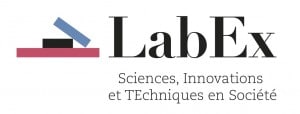Abstract
Ecosystem biomimicry is a promising pathway for sustainable development. However, while typical form- and process-level biomimicry is prevalent, system-level ecosystem biomimicry remains a nascent practice in numerous engineering fields. This critical review takes an interdisciplinary approach to synthesize trends across case studies, evaluate design methodologies, and identify future opportunities when applying ecosystem biomimicry to engineering practices, including cyber systems (CS), physical systems (PS), and cyber-physical systems (CPS). After systematically sourcing publications from major databases, the papers were first analyzed at a meta level for their bibliographic context and for statistical correlations among categorical variables. Then, we investigated deeper into the engineering applications and design methodologies. Results indicate that CPS most frequently mimic organisms and ecosystems, while CS and PS frequently mimic populations-communities and molecules-tissues-organ systems, respectively (statistically highly significant). An indirect approach is most often used for mimicry at organizational levels from populations to ecosystems, while a direct approach frequently suits levels from molecules to organisms (highly significant). Dominant themes across engineering applications include symbiotic organism search algorithms for CS and ecological network analysis for CPS, while PS applications are highly diverse. For design methodologies, this work summarizes and details ten well-documented biomimetic process models among literature, which addresses an outdated concern for a lack of systematic methods for ecosystem biomimicry. In addition to the Biomimetics Standard ISO 18458, these methods include the Natural Step and Techno-Ecological Synergy framework, among others. Further, the analyses revealed future opportunities from less utilized design methods (e.g., interdisciplinary teams tackling indirect, ecosystem-level projects) to well-established engineering concepts ready for technological advancement (e.g., implementing membrane computing for physical applications). For future studies, this review provides a comprehensive reference for ecosystem biomimetic design practices and application opportunities across multiple engineering domains.
See all documents refering Cortext Manager






